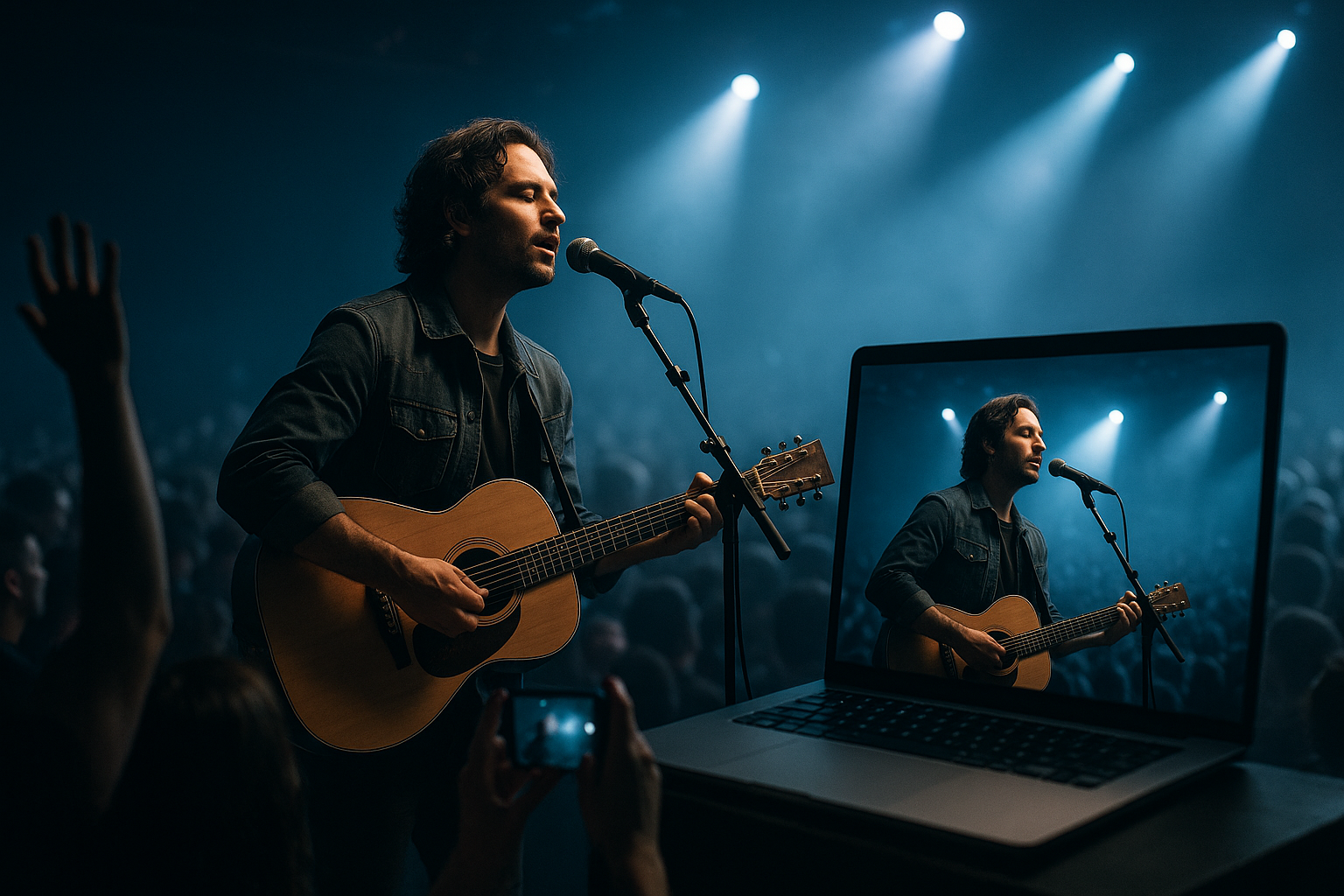Unfolding Spectacle: The Artistry of Digital Concerts
Introduction: The digital age has ushered in new avenues for creative expression, particularly in the realm of music. One such innovation is the digital concert - a phenomenon that has redefined the music industry. This article delves into this artistic revolution, tracing its roots, present-day implications, and potential future impact.

A Brief History of Digital Concerts
Digital concerts, though seemingly a product of the 21st century, have their roots in the late 20th century. The advent of the internet and advancements in digital technology gave birth to this novel idea. However, it remained a fringe concept until the early 2000s when artists and bands began to experiment with the format. Initially, these concerts were simple streams of live performances. Still, as technology evolved, so did the sophistication and immersive nature of these digital experiences.
The Present State of Digital Concerts
The global health crisis of 2020 gave a significant push to the digital concert scenario. With lockdowns and social distancing protocols in place, artists turned to the digital realm to connect with their fans. From Billie Eilish to BTS, major artists held digital concerts that amassed millions of viewers worldwide. Today, digital concerts are not just streams of performances but full-fledged immersive, interactive experiences. High-definition visuals, intricate stage designs, and fan interaction elements have become staples of these concerts.
Impact and Reception of Digital Concerts
The impact of digital concerts on the music industry has been profound. Artists can now reach global audiences without geographical constraints. It has also democratized the concert experience, making it accessible to those who cannot afford or physically attend traditional concerts. While the reception has been overwhelmingly positive, some critics argue that digital concerts can never replicate the energy and connection of a live performance. However, as technology advances, the gap between the digital and physical concert experience is rapidly narrowing.
The Future of Digital Concerts
The future of digital concerts looks promising. Advancements in virtual and augmented reality technology could further enhance the immersive nature of these concerts. The prospect of holographic concerts is also on the horizon, with artists like Tupac Shakur and Michael Jackson already making posthumous appearances in this format. Moreover, as artists continue to experiment with the format, digital concerts may evolve into an art form of their own, distinct from traditional concerts.
The Artistry of Digital Concerts
Digital concerts have transformed the music industry, offering a new platform for artists to express their creativity and connect with fans. As an art form, it pushes the boundaries of what a concert can be, integrating technology, music, and visual arts into a cohesive, immersive experience. While digital concerts may never replace the thrill of a live performance, they offer a unique and accessible alternative that is reshaping the landscape of the music industry.





